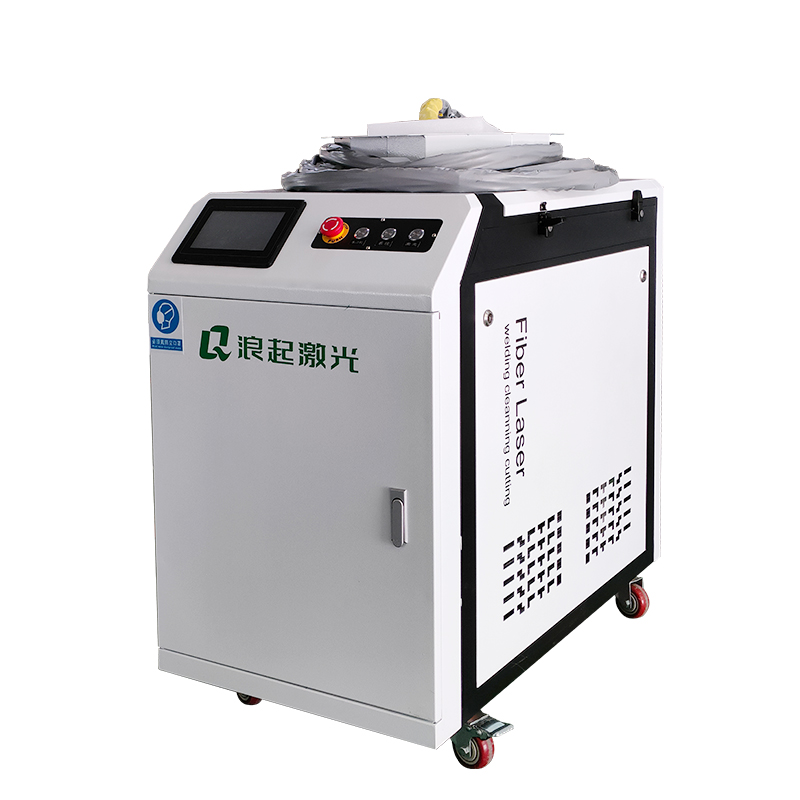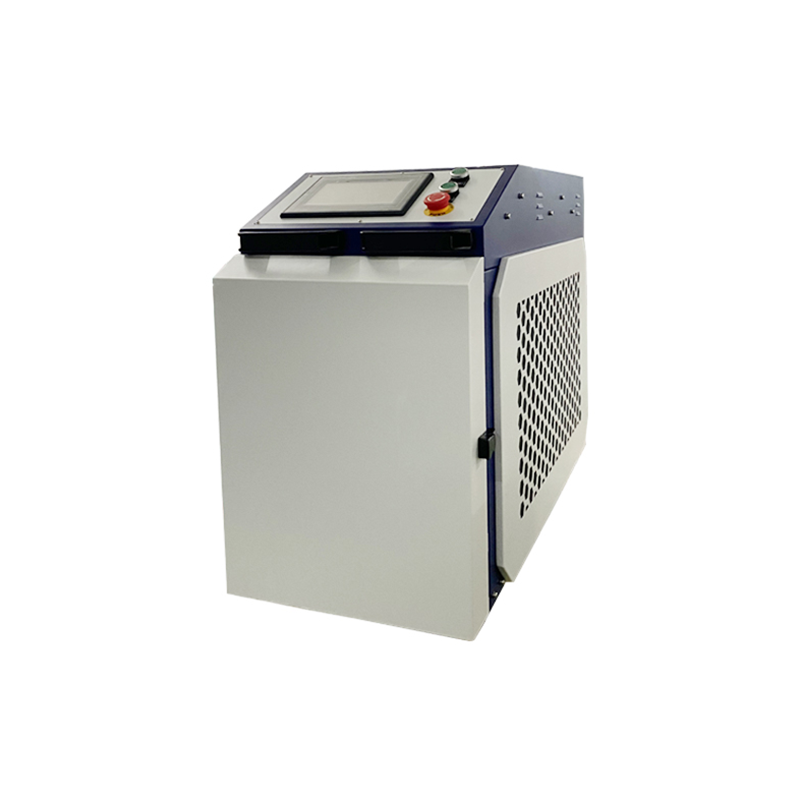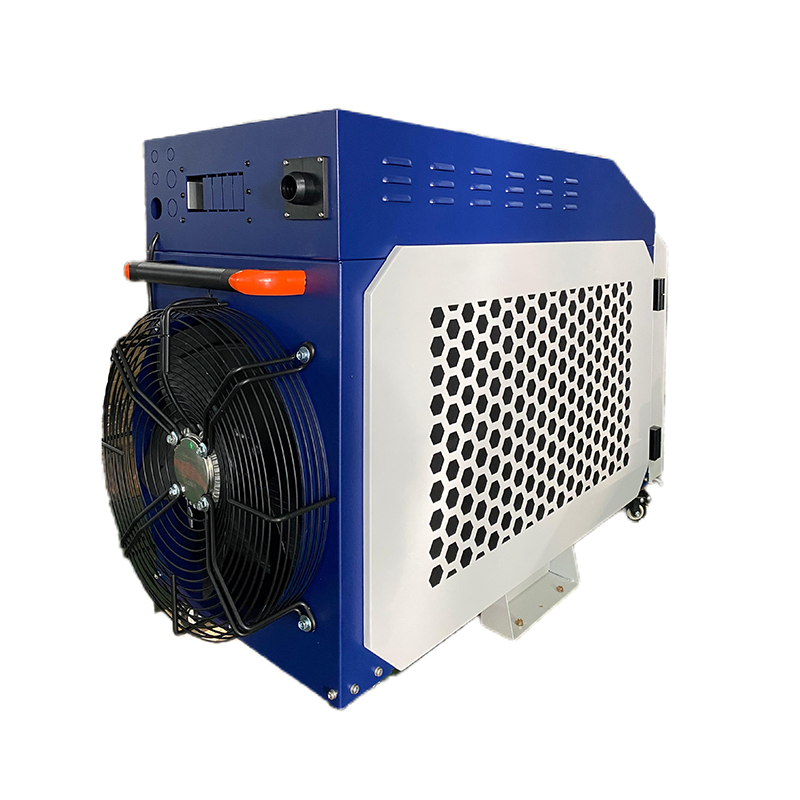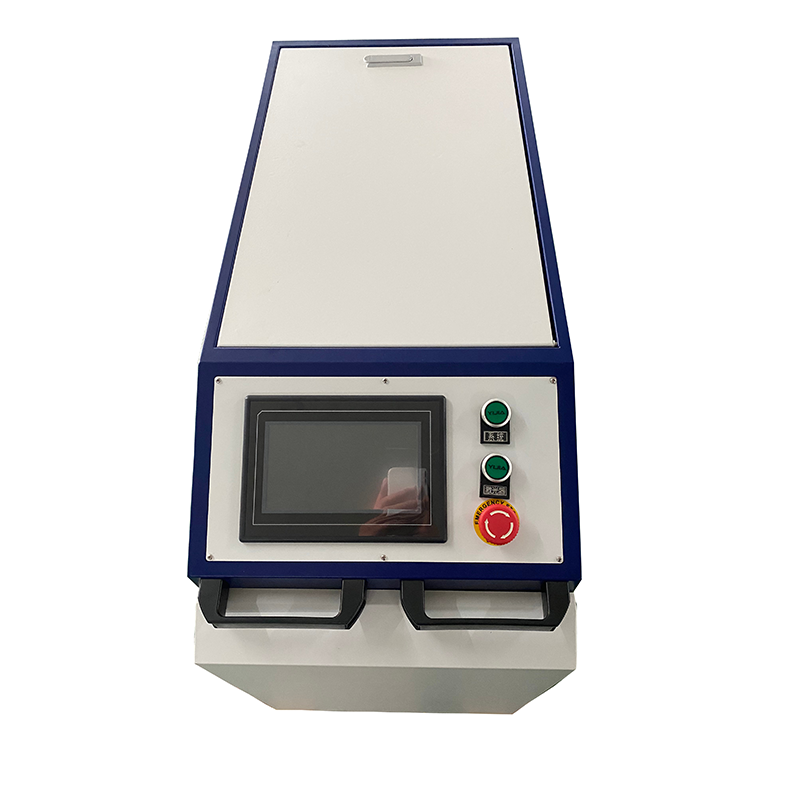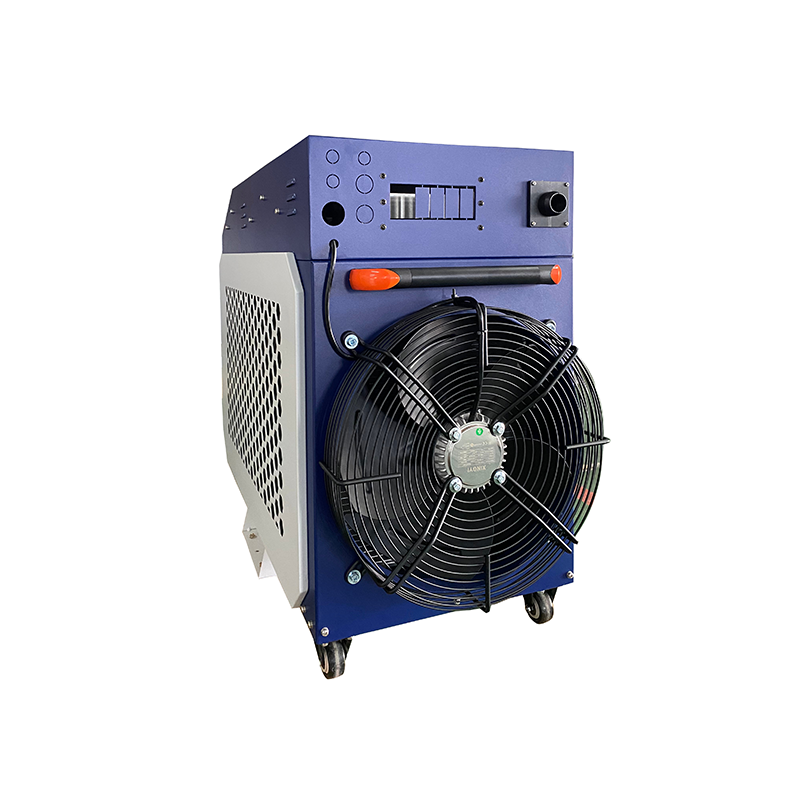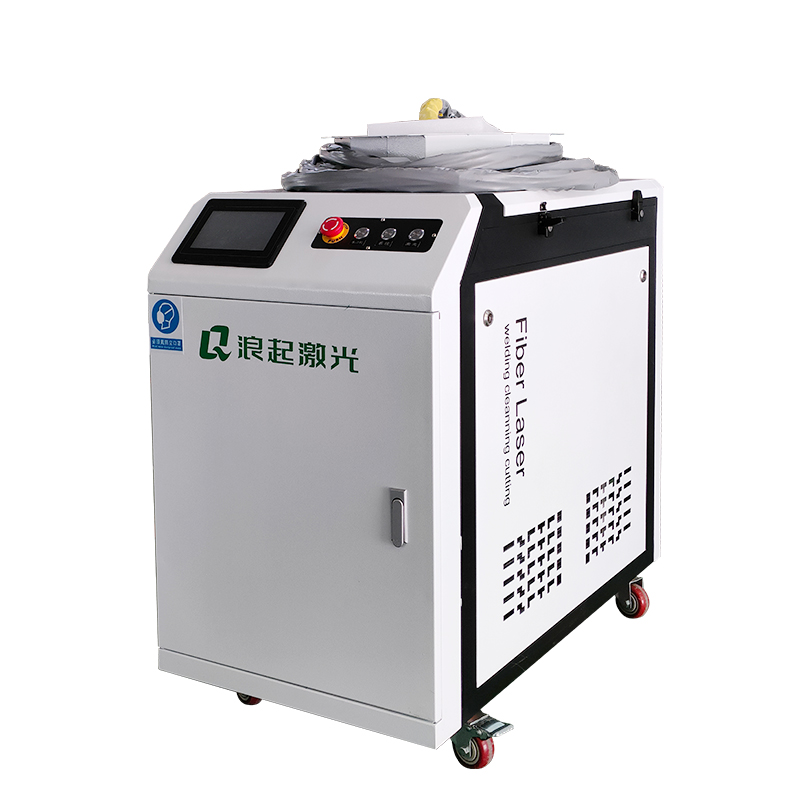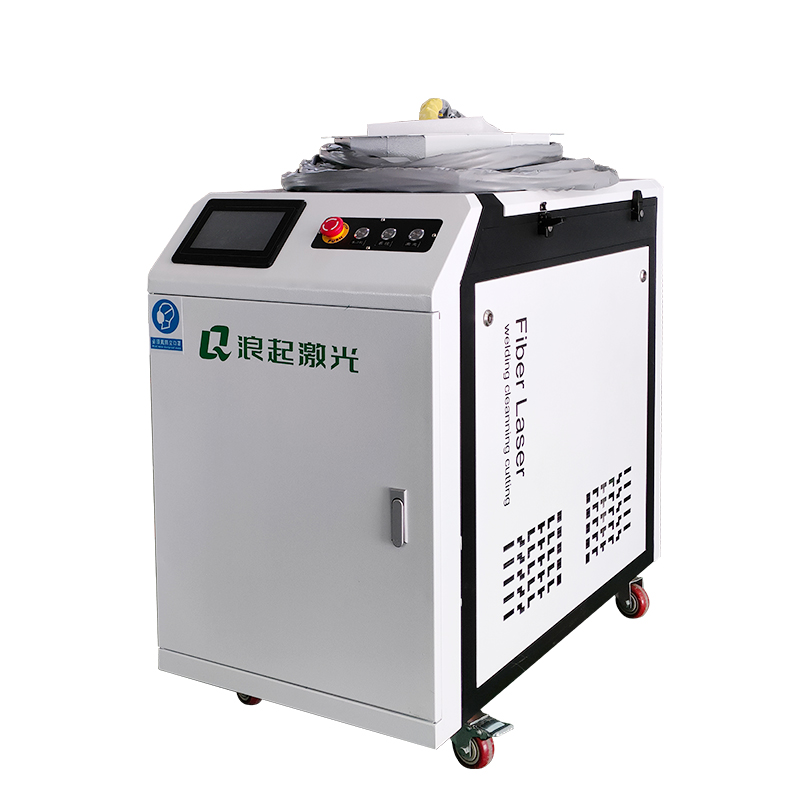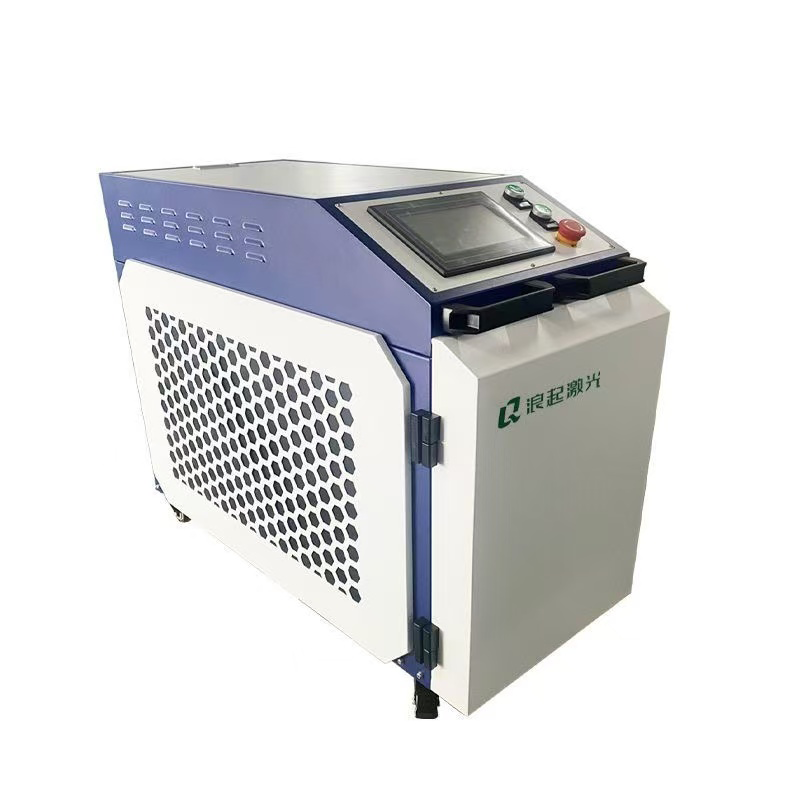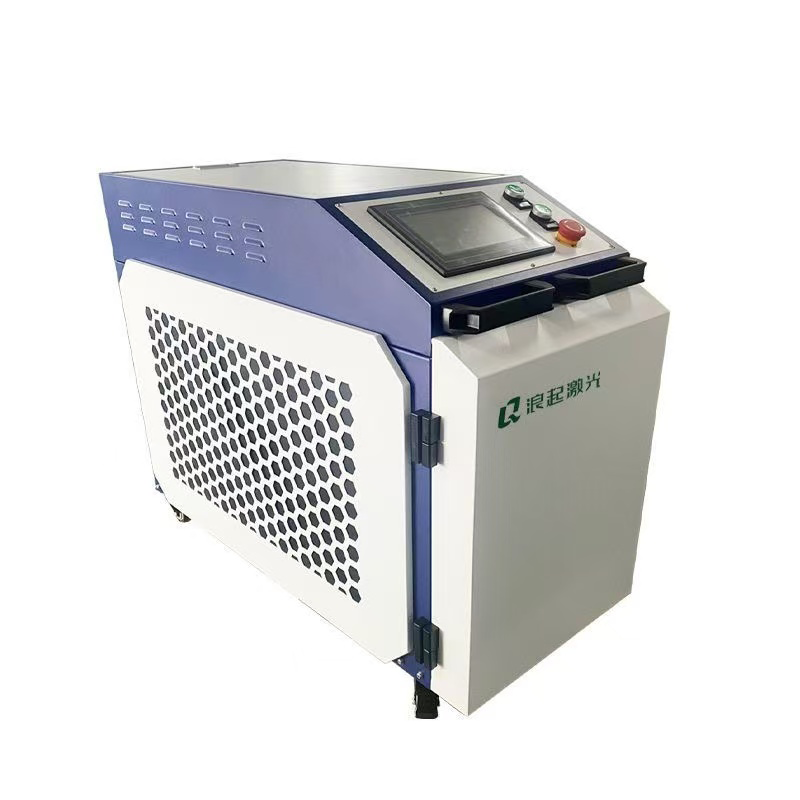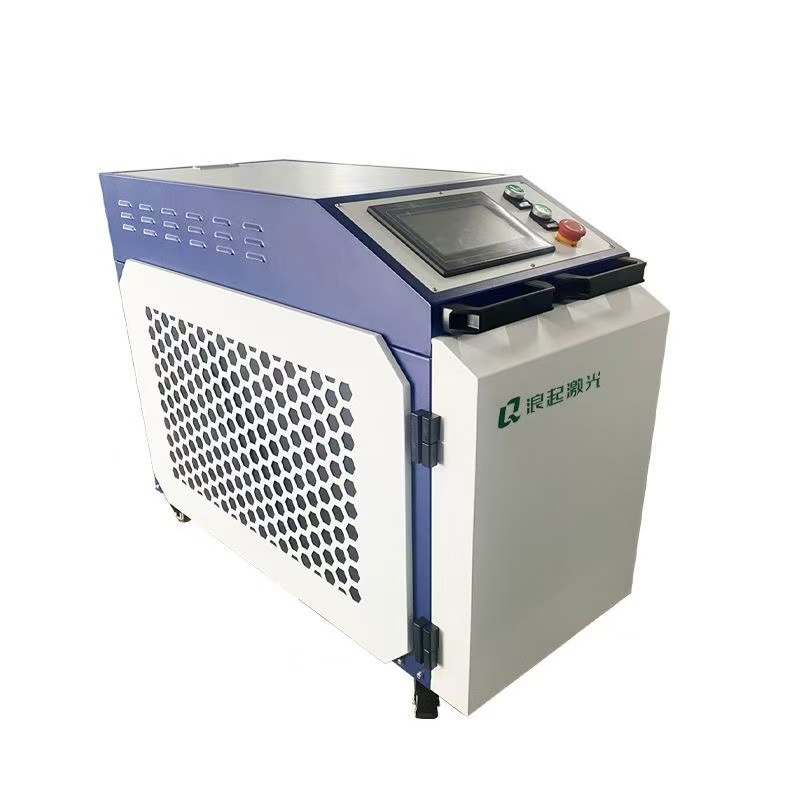Of course. This is an excellent application for fiber laser cleaning technology. Let's break down exactly how a Fiber Laser Rust Removing Machine works for removing "depth floating rust," and what you need to know to use it effectively.
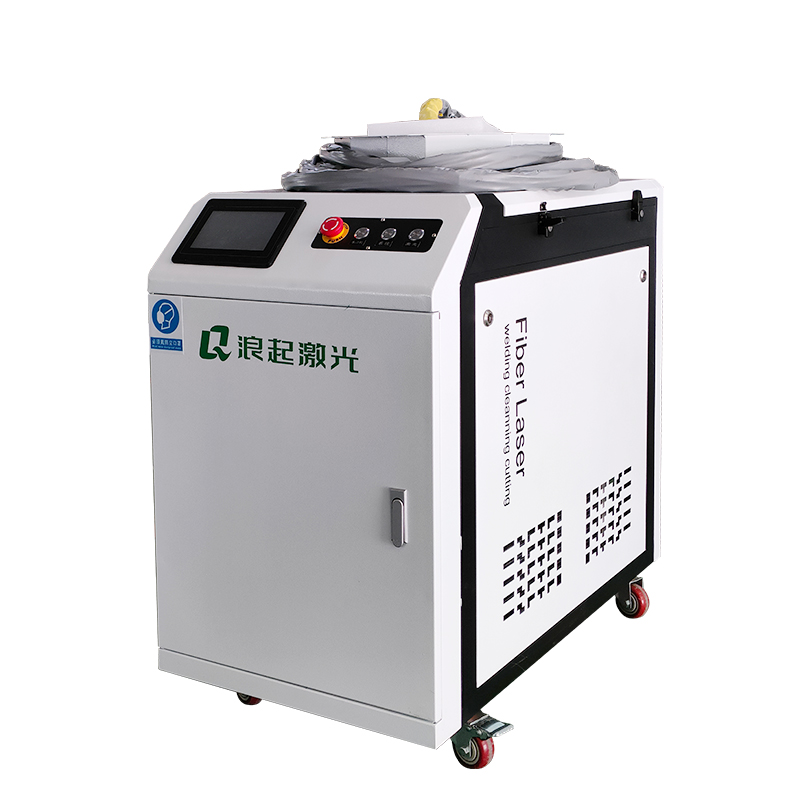
What is "Depth Floating Rust"?
First, let's clarify the term. "Floating rust" typically refers to loose, flaky, non-adherent rust (Fe₂O₃·H₂O - red rust) that sits on top of the base metal. "Depth" implies that this layer is relatively thick, perhaps several millimeters, often found on heavily corroded steel plates, castings, or outdoor structures that have been exposed to the elements for a long time.
This type of rust is actually one of the easiest and most efficient for a fiber laser cleaner to remove.
How a Fiber Laser Removes Rust
A fiber laser cleaner doesn't "blast" the rust away like sandblasting. It uses a photophysical process called laser ablation. Here's the step-by-step process:
High-Energy Pulse: The machine emits short, high-intensity pulses of laser light (typically in the nanosecond range).
Selective Absorption: The rust layer has a much higher absorption rate for the laser's wavelength (usually 1064nm) than the underlying clean metal. The rust rapidly absorbs the laser energy.
Instantaneous Vaporization: The absorbed energy causes the rust to heat up and vibrate millions of times per second. This instantaneously breaks the molecular bonds holding the rust together, turning it directly from a solid into a plasma or fine dust.
Expulsion: The rapid expansion of the vaporized rust creates a miniature shockwave that blows the remaining loose particles off the surface.
Safe Substrate: Because the clean metal substrate reflects most of the laser energy, it remains largely unaffected and cool to the touch.
Why It's Perfect for Depth Floating Rust
High Efficiency: The laser energy doesn't need to work hard to break the adhesion because the rust is already loose and flaky. You can clean large areas very quickly by scanning the laser head back and forth.
No Substrate Damage: This is the key advantage. Unlike grinding or sandblasting, which removes base metal, the laser selectively targets only the rust. It preserves the original dimensions and integrity of the part.
Clean and Dry Process: There are no chemicals, abrasives, or water involved. The only byproduct is fine rust dust, which can be easily captured by the included fume extractor or a standard industrial vacuum.
Precision: You can remove rust from specific areas without affecting surrounding good metal, welds, or markings.
Operational Guide for Removing Depth Floating Rust
1. Machine Selection & Parameters:
Laser Power: For depth floating rust, a 500W to 1000W pulsed fiber laser is ideal. A 500W machine is often the sweet spot—powerful enough for speed but still cost-effective. Higher power (1000W-2000W) will be faster for large-scale industrial applications.
Critical Parameters you will adjust on the machine:
Frequency (Hz): Use a medium to high frequency (e.g., 80 - 200 kHz). Higher frequency creates more overlapping pulses for faster cleaning of large, loose areas.
Scan Width/Speed: Use a wide scan width (e.g., 200-400mm) and a fast scanning speed. Since the rust is loose, you don't need the high energy density required for tightly adhered mill scale.
Power (%): You can often operate at 70% to 90% of the machine's maximum power for maximum efficiency.
2. Step-by-Step Cleaning Process:
Safety First: Wear the provided Laser Safety Goggles. The reflected light can be harmful to eyes. Also wear a dust mask and hearing protection (the process is loud, like a popping sound).
Connect Extraction: Ensure the fume extractor arm is positioned close to the cleaning area to capture the rust dust.
Test Spot: Always start with a test spot on a less critical area. Adjust the power, frequency, and speed until you find the setting that removes the rust effectively in one pass without any marking of the base metal.
Cleaning Technique:
Hold the laser handpiece perpendicular to the surface, about 10-20cm away (follow manufacturer guidelines for the focal distance).
Move the laser head in slow, steady, overlapping passes. You will see the rust instantly disappear, revealing the clean, silver metal underneath.
For very thick rust, a single pass might be sufficient. If a thin, stained layer remains, a second, faster pass with adjusted parameters will clean it up.
Before and After Visual Guide:
(Imagine this sequence)
| Stage | Description | Visual Cue |
|---|---|---|
| 1. Before Cleaning | Surface covered in thick, flaky, red/brown rust. | https://via.placeholder.com/150x150/8B4513/FFFFFF?text=Heavy+Rust |
| 2. During Cleaning | Laser head scanning. Rust is vaporized into a fine red dust, which is sucked away by the extractor. A clear path of clean metal is visible. | https://via.placeholder.com/150x150/FF0000/FFFFFF?text=Cleaning+In+Progress |
| 3. After Cleaning | Surface is clean, silver-metallic. It may have a light "etched" or matte appearance, but is free of rust and ready for painting or coating. | https://via.placeholder.com/150x150/C0C0C0/000000?text=Clean+Metal |
Advantages Over Traditional Methods
| Method | How it Works | Pros | Cons for Depth Floating Rust |
|---|---|---|---|
| Fiber Laser Cleaning | Laser Ablation | No substrate damage, clean, dry, precise, eco-friendly. | Higher initial investment. |
| Sand/Shot Blasting | Abrasive Impact | Fast on large, simple shapes. | Embeds abrasives, removes base metal, messy, hazardous dust. |
| Grinding/Needle Scaling | Mechanical Removal | Low cost for tools. | Slow, labor-intensive, can leave marks, removes base metal. |
| Chemical Treatment | Acid Dissolution | Can reach complex geometries. | Hazardous waste, can harm substrate, requires neutralization. |
Conclusion
A Fiber Laser Rust Removing Machine is arguably the most advanced and effective solution for removing depth floating rust. It combines high speed with an unparalleled ability to clean without damaging the valuable underlying metal.
For anyone in restoration, shipbuilding, heavy equipment maintenance, or steel fabrication dealing with heavy rust, investing in a 500W to 1000W fiber laser system will result in significant time savings, superior surface preparation for coating, and a cleaner, safer working environment.

